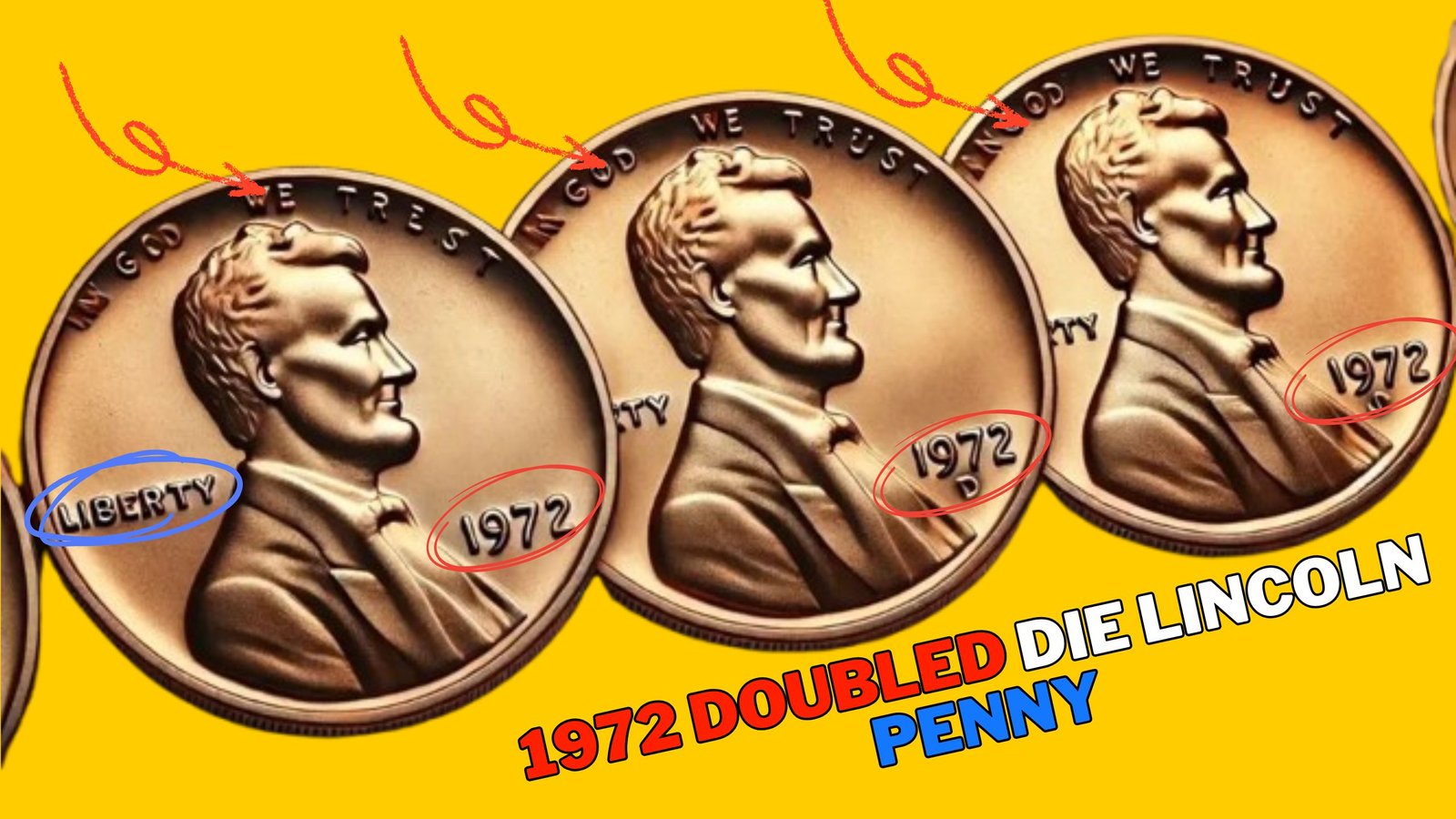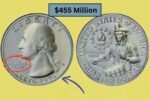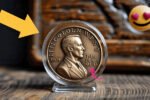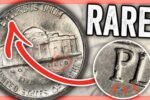1972 Doubled Die Lincoln Penny : In the world of numismatics, certain coins stand out not just for their value, but for the fascinating stories behind their creation. One such gem is the 1972 Doubled Die Lincoln Penny — a rare and cherished treasure that has captured the imagination of coin collectors for decades.
What Is a Doubled Die?
To understand the 1972 doubled die penny, it’s helpful to first grasp what a “doubled die” actually is. This term refers to a minting error that occurs during the die creation process. Dies are the metal stamps used to strike designs onto coin blanks. Occasionally, during the hubbing process (when the die is imprinted with the coin’s design), the die may receive a misaligned or doubled impression. When that faulty die is used to mint coins, every coin it strikes shows a noticeable doubling in specific parts of the design.
The Doubling on the 1972 Penny
The 1972 Doubled Die Obverse Lincoln Cent (DDO) is one of the most famous and dramatic examples of this minting error. The doubling is easily visible to the naked eye, making it especially exciting for collectors. The most noticeable doubling appears in the inscriptions:
-
“LIBERTY”
-
“IN GOD WE TRUST”
-
The date “1972”
The doubling on this coin is bold and clear — not subtle or barely perceptible like on some other varieties — which only adds to its desirability and recognition.
How Rare Is It?
Although more than 5.5 billion Lincoln cents were minted in 1972, only a small fraction — estimated around 250,000 to 350,000 — display this prominent doubled die error. Even fewer have survived in pristine condition, making uncirculated examples especially rare.
There are actually several varieties of 1972 doubled die cents, but “DDO-001” is the most famous and valuable of them all. The other varieties are less dramatic and therefore less valuable, but still of interest to collectors.
Value and Market Demand
The value of a 1972 doubled die penny can vary widely depending on its condition:
-
Circulated examples typically sell for $100 to $300.
-
Uncirculated coins in higher Mint State (MS) grades can command $500 to $1,500 or more.
-
Top-graded examples certified by professional grading services (such as PCGS or NGC) have been known to sell for upward of $3,000.
Because the doubling is so apparent, many non-collectors have stumbled upon this variety in pocket change or old coin jars, sparking sudden excitement and interest.
Tips for Identifying One
If you’re examining a 1972 penny and suspect it might be a doubled die, here’s what to look for:
-
Strong, clear doubling on the letters and numbers mentioned above.
-
No doubling on the reverse side of the coin — the error is only on the obverse.
-
Use a 10x magnifying glass or jeweler’s loupe to inspect fine details.
Be cautious, though: not all 1972 pennies with strange markings are doubled dies. Machine doubling (a more common and less valuable minting issue) can often be mistaken for a true doubled die. This is where authentication by a professional grading service can add peace of mind and value.
A Collector’s Dream
The 1972 Doubled Die Lincoln Penny holds a special place in the pantheon of U.S. error coins. It combines a dramatic visual error, historical interest, and relative accessibility — especially compared to ultra-rare coins like the 1909-S VDB or the 1943 copper cent.
For both seasoned collectors and hopeful hobbyists, the thrill of discovering one of these rare cents remains as powerful today as it was over 50 years ago. Whether tucked away in a collection or found by chance, the 1972 doubled die penny continues to spark fascination — and dreams — among coin enthusiasts everywhere.
Frequently Asked Questions (FAQs…)
Q1: What is the 1972 Doubled Die Lincoln Penny?
A: It’s a Lincoln cent minted in 1972 that features a noticeable doubling of the design elements on the front (obverse) of the coin. The doubling is most prominent in the inscriptions “LIBERTY,” “IN GOD WE TRUST,” and the date “1972.”
Q2: How can I tell if I have a 1972 doubled die penny?
A: Look closely at the obverse of the coin. If you see clear, distinct doubling in the letters and numbers — not just a shadow or blur — you may have a doubled die. A jeweler’s loupe or magnifying glass can help. Be aware that machine doubling (a common and less valuable minting flaw) can look similar but is not the same.
Q3: Is the doubling on both sides of the coin?
A: No, the doubling only appears on the obverse (front) of the coin. The reverse side (with the Lincoln Memorial) appears normal.
Final Thought
The 1972 Doubled Die Lincoln Penny is more than just a rare error — it’s a tangible reminder that even in a system built for precision, remarkable anomalies can occur. These mistakes, once overlooked, have become prized possessions that unite history, art, and the thrill of the hunt. Whether you’re a seasoned numismatist or a curious newcomer, the dream of finding a 1972 doubled die penny keeps the spirit of coin collecting alive — one small cent at a time.




